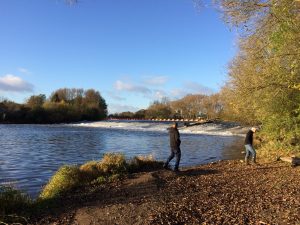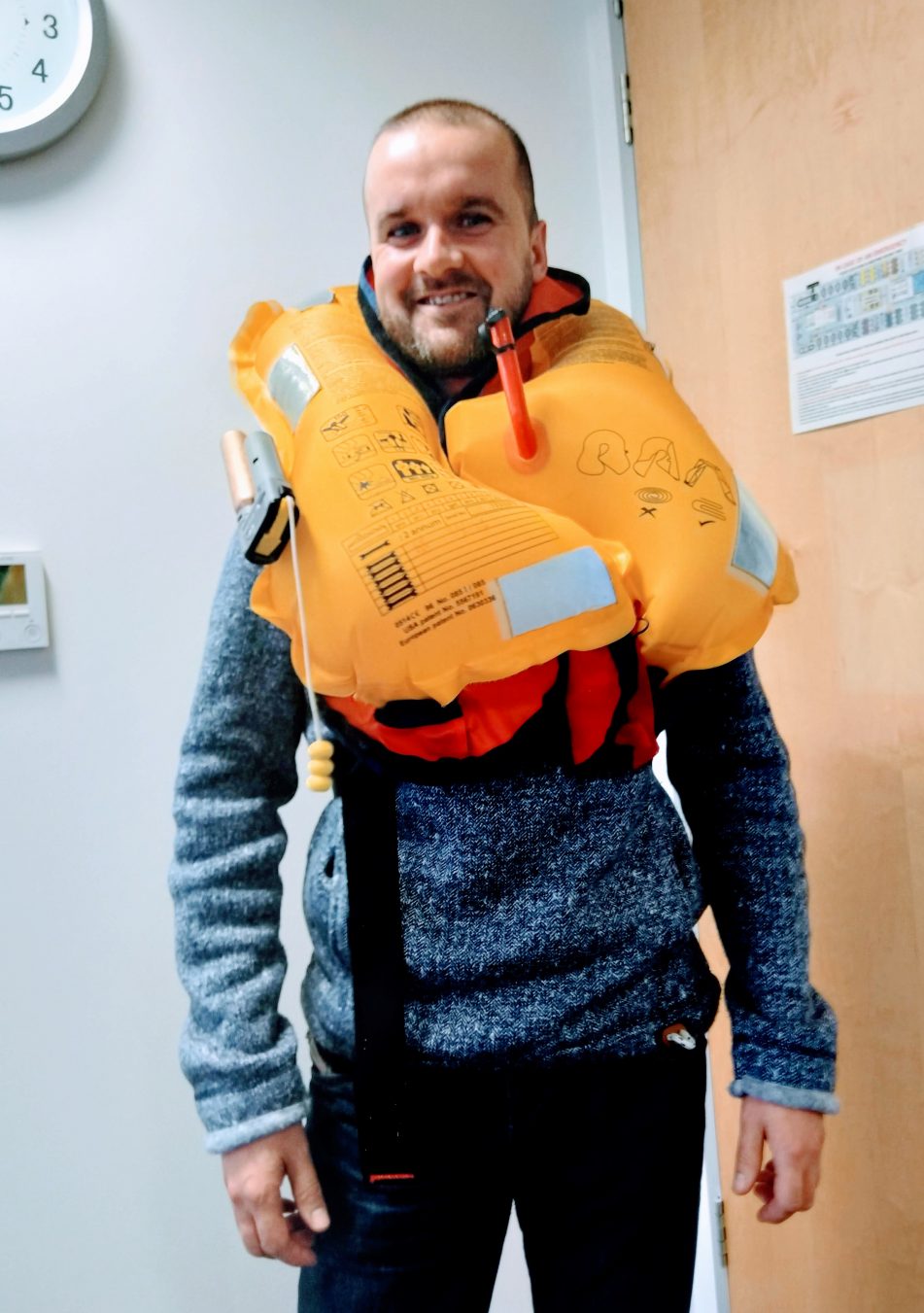
Blog 3. Week 11.
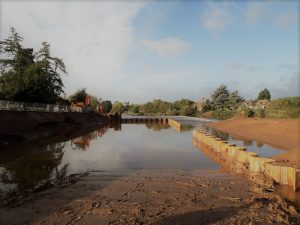
Fish-Pass construction site at Bevere in flood
It’s hard to believe I’m now at the end of my eleventh week with the Canal & River Trust and working on the Unlocking the Severn project. It’s flown by. Since my last blog in October there have been many developments. The construction of the fish passes at Diglis and Bevere have been delayed because of the high river levels. The project managers of the constructions planned for some disruption as the river does sometimes flood, but this year the River Severn has been much higher than average and unprecedented for this time of year. The steel piling boundary around the Diglis construction site has been raised up from earlier plans to enable the construction team to work in flood conditions, however work at Bevere has had to be put on hold with the entire site being under water for a number of weeks. Work will start at Bevere again in the Spring when there will be less risk of floods. The project director Jason is still hoping that work there will finish before the end of the summer 2020. We have been using a time-lapse camera and I’ve been given the task of downloading the data and replacing the batteries once a month. If you’re curious about the river levels at Worcester you can see some of the footage from September, October and November if you look through our Twitter feed @SevernUnlocked. You can really see how many metres the river level rises in just a couple of days! We’re now experiencing a break in the rain so the work at Diglis can continue through the Winter. Work is still scheduled to finish there in Autumn 2020.
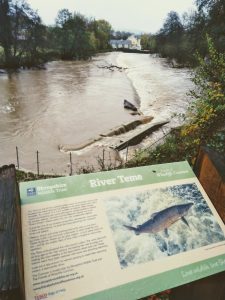
Salmon monitoring site in Ludlow
In my last blog I mentioned the annual Salmon migration. The numbers of migrating Salmon are counted in Ludlow by volunteers and our colleagues at the Severn Rivers Trust (SRT). They’ve collected data over the last few years in an attempt to help their struggling populations in England and Wales. I was hoping to travel to Ludlow throughout the season to help with the counting and to gain experience working with fish monitoring volunteers. Staff at SRT hoped the data that was collected this year would show that more Salmon are successfully migrating upstream as a result of weir removal and fish pass construction downstream. Unfortunately for Ed at SRT, him and his volunteers have been unable to collect much data because of the river levels. I managed to get to the monitoring site once to take some photos and it’s a beautiful spot, with lovely views, so it’s a shame I couldn’t spend much time there. Although we’re hoping that next year the river levels are low enough to record some data, we remember that this year’s conditions have been fantastic for the Salmon to get upstream. They’ve been able to swim straight over the weirs at Ludlow and we’re sure that they’ve had great success making it upstream to their spawning grounds, even if we’ve been unable to view them!
I’ve now made contact with my college. It is in Cannington in Somerset. My assessor Adam has been out to visit, and he’s assigned me my first batch of work to complete. As with most land-based apprenticeships it all starts with Health and Safety, but he has also given me a project to begin working on. For the duration of my apprenticeship I am to complete a project which involves project planning, recruitment, staffing, budgeting, execution and delivery. I will also be required to report on the success or failure of different elements and the project overall. As a result of this, and some much-needed maintenance on some of the lock islands on the River Severn, I have been involved in the planning stages of setting up a ‘green team’ of volunteers to attend to the vegetation maintenance on these islands. It’s early days but already there is an advert for volunteers on the Canal & River Trust website, and hopefully the team will be up and running by January 2020. I will keep you updated.
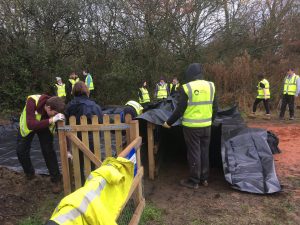
College students busy finishing off the newt pond
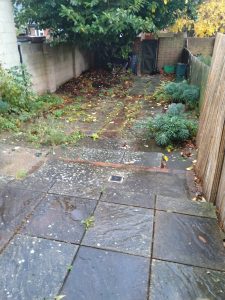
My new garden in Cheltenham. Where shall I dig the pond?
I did say I would report on the newt pond the college students are digging at Saul Junction. I can confirm that it’s nearly finished but I’ve been unable to go and help the college students. I am hoping to go and give them a hand with the lining and planting of the pond and will try to go in the next couple of weeks. They’re perfectly capable of completing this without my help, so if I’m unable to assist I will get some photos of the finished pond and report back. It’s great to hear stories of ponds being created instead of being filled in. They’re so important for wildlife. I’ve always noticed that if you fill something up with water, wildlife will soon follow. As I mentioned in my first blog I’ve recently moved to Cheltenham and have a blank canvass for a garden. I would love to attract some wildlife therefore I intent to have a pond in place by the spring.
In the next couple of weeks I am attending a ‘Celebrate the Severn’ conference in Cardiff, and I am working on some content for the website. I am creating a ‘Fish Folder’ with information about some of the fish species that live in the River Severn with details of diet and habitat. Hopefully it will be closer to completion by my next blog which will be around Christmas time. Please keep an eye on the website for volunteering opportunities and our newsletters.
Thanks for reading.
Pete


